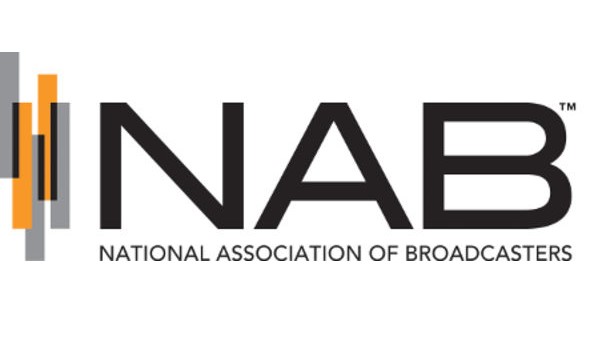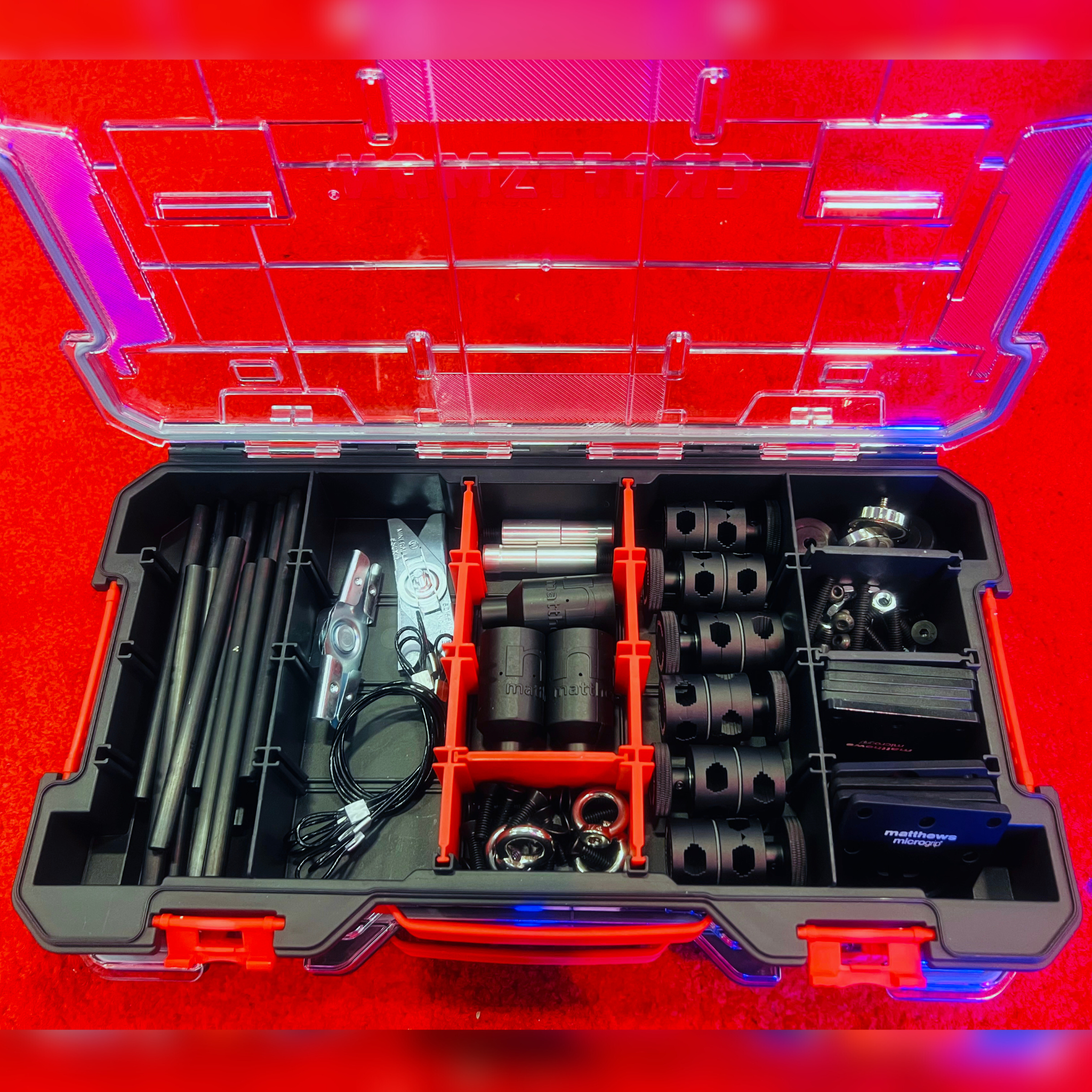NAB Wants a ‘Safe Zone’ in 6 GHz Band
Says FCC claim of minimal interference from unlicensed devices is not based on independent analysis

WASHINGTON—If broadcasters are going to be sharing the 6 GHz band with unlicensed, low power indoor (LPI) devices, creating a “safe zone” to remove threats of interference is an action that the NAB believes should be taken.
This idea comes from an ex parte filed by the NAB after meetings with representatives from the FCC commissioners’ and chairman’s offices in regards to the proposed rule that would open up the entire 6 GHz spectrum band for unlicensed devices to operate in.
The 6 GHz band is primarily made up of broadcast ENG crews, and the NAB believes that granting permission to these unlicensed LPI devices to utilize the spectrum causes potential interference issues, a major disturbance particularly as broadcasters' ability to provide information to viewers has been heightened during the current coronavirus pandemic, the NAB argued.
The draft order does conclude that unlicensed devices can cause interference issues, but concludes the risk “to be insignificant.” This determination, the NAB claims, was done with no independent analysis, or at least none that was shared. The NAB also takes issue with an unclear definition of what the FCC deems as “insignificant interference.”
As a potential resolution, the NAB wants the FCC to not allow low-power devices to operate in U-NII-6, a part of the spectrum where broadcasters currently have the bulk of their authorized mobile operations, per NAB.
“This would allow the commission to make 1,100 MHz of spectrum available for unlicensed—a massive amount—while still preserving 100 MHz for broadcasters to continue to do their most important job without the threat of interference,” the NAB wrote.
Even if the FCC is set on freeing up 160 MHz channels for unlicensed devices, the NAB says it could do so for seven channels for 1,120 MHz and still leave 80 MHz at the top of the 6 GHz band not authorized for LPI. The NAB also says that it would be willing to consider alternative locations in the band.
Get the TV Tech Newsletter
The professional video industry's #1 source for news, trends and product and tech information. Sign up below.
Other points of argument in the NAB’s ex parte included how the FCC will be able to impose the “indoor-only” operation rule for LPIs; how a contention-based protocol does not work as intended with outdoor ENG operations; and for the FCC to convene a meeting to discuss and compare the analyses on the potential impact of opening the 6 GHz band.
“NAB broadcasters across the country and their viewers cannot rely upon mere judgement rather than independent analysis of a highly technical issue,” the ex parte reads. “As a result, we believe that allowing a safe zone of less than 7% of the overall band where LPI cannot occur at this time at least provides both the commission and broadcasters some protection as the band is forever altered.”
The full ex parte from NAB is available online.
